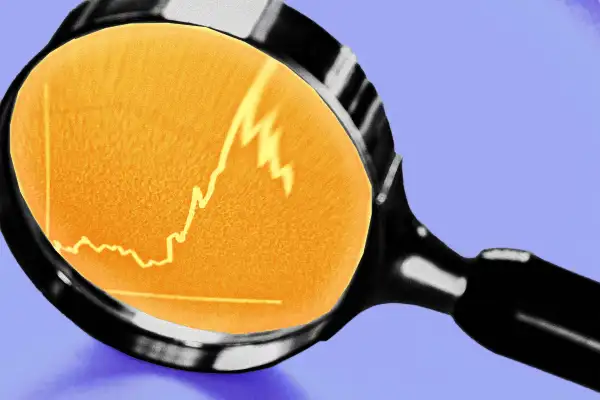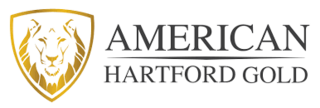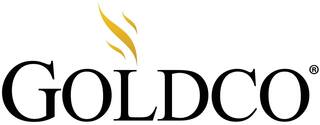Waiting for Lower Interest Rates? We Have Bad News

Hoping for cheaper credit card and mortgage rates this year? Bad news: The Federal Reserve effectively ruled out cutting rates until when — or if — President Donald Trump and Congress come up with a policy roadmap that won't drive inflation higher. Unfortunately, trade policy largely centered around levying tariffs on potentially everything from steel to smartphones would have the opposite effect, economists warn.
Minutes from the Federal Reserve’s January meeting released on Wednesday show that policymakers are largely in a wait-and-see mode. Officials remarked on the “current high degree of uncertainty” around the future trajectory of inflation. This stems, in part, from not knowing how the “economic effects of potential government policies” would play out. Given the potential risks those policies present to an economy in which inflation is already too high, officials effectively said they would watch and wait.
Barring a spike in the unemployment rate, officials said they would “want to see further progress on inflation before making additional adjustments to the target range for the federal funds rate.” While no rate movement is the most likely outcome, the wording of the minutes makes it clear that if inflation heats up again, the Fed's next move could be a hike.
Already, inflation figures for 2025 have turned in a couple of unexpected and unwelcome surprises. The overall Consumer Price Index (CPI), a closely watched inflation figure, came in higher than experts anticipated for January. Likewise, “core” inflation also jumped higher than expected, rising 3.3% over the past year.
Tariffs could push prices even higher
In a December report, the Peterson Institute for International Economics calculated that the combined impact of the new administration’s tariff and immigration policies, plus the president’s stated desire to exert more influence over the central bank, would cause inflation to rise to between 6% and 9.3% by 2026. At the high end, this forecast eclipses even the four-decade high inflation reached in June 2022, when the CPI hit 9.1%.
In terms of the real-world impact, the think tank says this translates to consumer prices that are up to 28% higher by the final year of President Trump's term compared to the present day. What's more, the annual inflation rate would stay much higher for longer, clocking in at 4% — twice as high as the Fed's 2% target — all the way through 2040. Expected retaliatory tariffs slapped on U.S. exports to other countries could make things even worse.
This doesn't paint a great picture for interest rate cuts. The Peterson Institute found that tariffs on just China, Mexico and Canada could cost the average American family as much as $1,200 annually — and these don't even include Trump's plan for sweeping reciprocal tariffs on U.S. trading partners more broadly. This suggests that policymakers would have little appetite for cuts, according to Peter Petri, professor emeritus of international finance at Brandeis University. "The Fed is following the only defendable course: Stay put until real actions or tangible changes in data reveal the directions of policy," he says via email.
Expectations for cuts this year have already diminished considerably in recent months. The combination of a robust labor market and stubbornly elevated inflation has given policymakers pause. As recently as a month ago, Wall Street thought there was roughly a 1-in-4 probability that the Fed would lower rates at its next meeting in March. According to the CME FedWatch Tool, which uses futures market activity to forecast the market's rate expectations, there was a 27% likelihood of a March rate cut on Jan. 17. As of Thursday, that probability had dwindled to just 2.5%.
Even Fed officials have been readjusting their expectations: In the most recent projection published in December, the most likely assumption was for rates to be just half a percentage point lower than their current rate by the end of this year. By contrast, just three months prior to that, most officials expected to end 2025 with the fed funds rate either one or 1.25 percentage points lower than its current level.
Last month, Bank of America researchers made waves with a forecast that the Fed would keep its benchmark federal funds rate at its current range of 4.25% to 4.5%, rather than the two rate cuts the bank had predicted earlier.
Which direction will rates go next?
Now, with the threat of tariff-fueled inflation growing, that’s not even the worst-case scenario for a country already coping with a combination of sticker shock and higher borrowing costs on everything from mortgages to credit cards. If inflation rises further, the Fed could be in the unenviable position of having to throw cold water on the economy to cool it by implementing a rate hike.
While that scenario remains an outlier, market observers say it’s definitely on the table. Dominic Pappalardo, chief multi-asset strategist at Morningstar Investment Management, called the possibility a “worst-case scenario” in a recent report. He added, though, that if January’s inflation data turns out to be the norm rather than the exception to the rule, that situation could “possibly bring rate hikes back into play.”
Atlanta Fed president Raphael Bostic warned earlier this month that if Trump wages a protracted, multifaceted trade war, the upshot could be higher inflation expectations. Inflation expectations, which are already creeping up, present a risk because they can snowball into a feedback loop called a wage-price spiral (that’s what happened in the 1970s), which makes inflation especially hard to stamp out.
To be sure, not everyone is worried about the potential inflation hit tariffs could deliver.
Fed governor Christopher J. Waller said in a speech Monday that he expects the inflationary impact of tariffs to be short-lived and mitigated by other policies Trump and Congressional Republicans have prioritized, such as lowering taxes and rolling back regulations. He also held out hope that lower interest rates might be in the cards for this year, as well. “If 2025 plays out like 2024, rate cuts would be appropriate at some point this year,” he said.
More from Money:
10 Everyday Items Trump's Tariffs Could Make Pricier
Americans Are Stressed About Inflation. New Data Says They Should Be
Stockpiling Before Trump’s Tariffs? Experts Warn It Could Backfire



